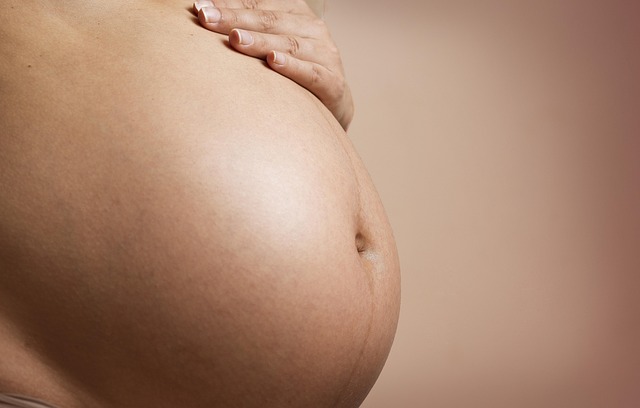Pregnancy can be a unique journey for every woman, as illustrated by the experiences of different mothers. I once found myself in the fortunate position of enjoying a blissful pregnancy. There was no morning sickness, no excessive weight gain; my skin radiated health, and I felt vibrant. I would stroll daily, my growing belly the only visible sign of my impending motherhood. I cherished every moment of that first pregnancy, and as eager as I was to meet my daughter, I felt a tinge of sadness at the thought of no longer being pregnant. To me, the complaints I often heard from other women were baffling.
Flash forward three years to my second pregnancy. While I still enjoyed the absence of morning sickness, the reality of parenting a three-year-old was a new challenge. I maintained a healthy weight gain of 30 pounds and managed to keep up with some exercise, yet the experience was slightly more taxing. A move to a new house at five months along certainly added to the strain. When the nine-month mark arrived, I was ready to welcome my baby.
Four years later, during my third pregnancy, I again avoided morning sickness, though early on, I occasionally battled mild nausea. Knowing how many women suffered from severe nausea throughout their pregnancies, I felt lucky. However, I was not entirely free from discomfort. As I entered my second trimester, I began experiencing unsettling pain in my pelvic area. It wasn’t the usual pregnancy aches; this felt different—like I had suffered a painful injury.
The pain intensified over the following months. My doctor dismissed it as typical pregnancy discomfort, but I knew better. This was not merely round ligament pain or the pressure of my growing baby. It felt as though I had taken a direct hit to the pelvic area.
Through online research, I discovered that I was not alone. Many women shared similar stories and identified my condition as symphysis pubis dysfunction (SPD). While SPD might sound alarming, it is a benign condition characterized by excessive relaxation of pelvic ligaments, leading to significant discomfort. Activities like walking, standing, or even sitting for too long became agonizing. Despite appearing fit and healthy, I found myself using motorized carts in grocery stores, hoping no one would inquire about my mobility challenges. How could I explain, “Oh, my pelvic pain is unbearable today”?
By the time I approached delivery, I was more than ready to give birth. My limited ability to exercise had resulted in an additional 10 pounds, and I felt swollen and burdened by pain. I had transitioned from being the glowing pregnant woman to experiencing the struggles many women face during pregnancy. I had gained a newfound empathy for those who find the journey challenging.
Understanding that each pregnancy is unique has equipped me to offer support to other mothers who are having a hard time. If a pregnant woman expresses her struggles with nausea, discomfort, or general misery, it’s vital to respond with compassion rather than boasting about one’s own easy pregnancy. After all, not all pregnancies are created equal. Before passing judgment, consider the varying experiences that shape each mother’s journey.
For those exploring their options for pregnancy and home insemination, resources like this excellent guide on fertility treatment can provide valuable insights. Additionally, for couples interested in the process, this post about artificial insemination kits may be beneficial. For those considering at-home methods, this at-home insemination kit can serve as a reliable resource.
In summary, each pregnancy experience is distinct; what works for one may not work for another. Compassion and understanding are essential as we navigate these personal journeys.
Keyphrase: Not All Pregnancies Are the Same
Tags: “home insemination kit”, “home insemination syringe”, “self insemination”
